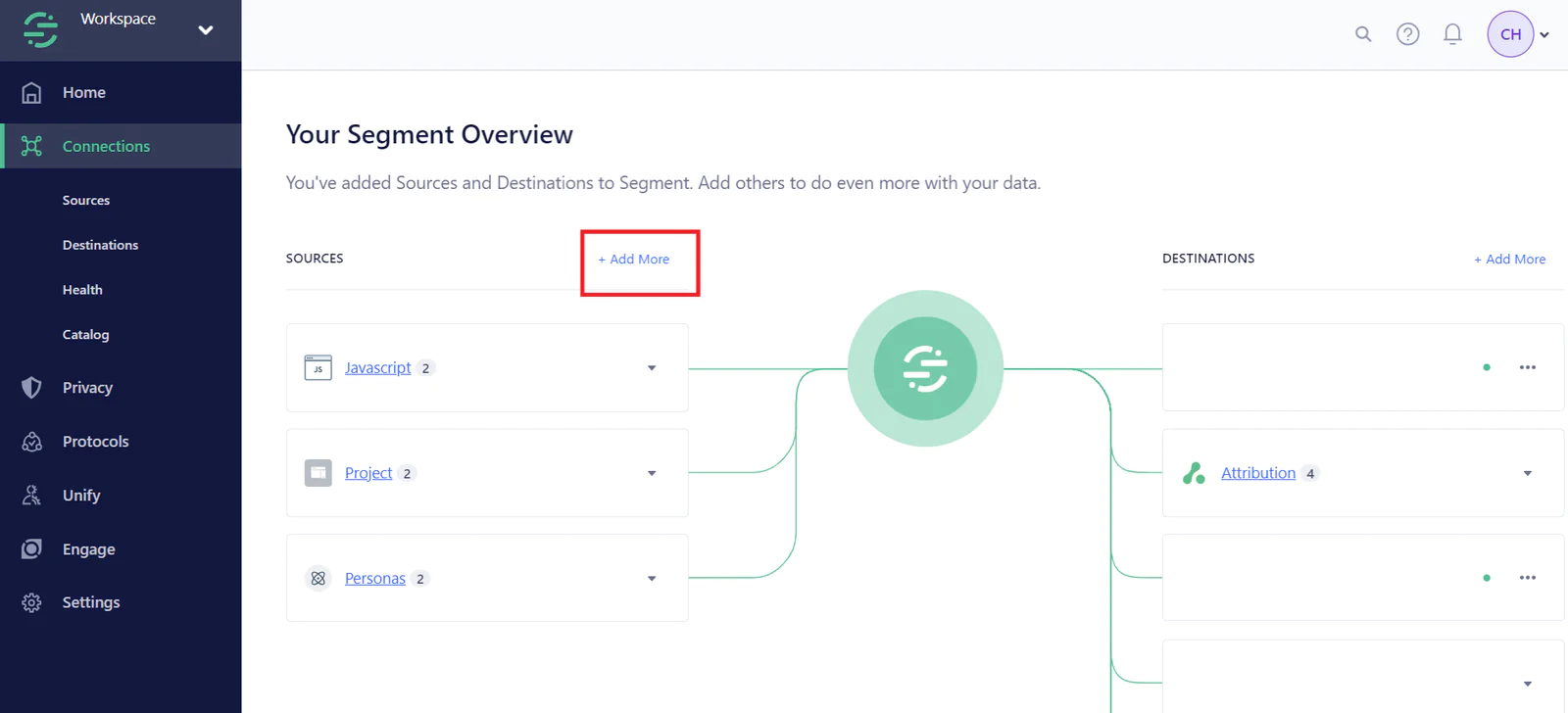Supercharge Your User Segmentation and Retargeting with Attribution and Segment
Enhance the user properties within Segment and Engage by utilizing Attribution data for more effective user segmentation and targeted marketing campaigns. In the initial integration, Attribution leverages Segment's snippets to track events, page visits, and user identity. With the bidirectional integration, you'll be able to pipe Attribution data as user traits into Twilio, Segment, and Engage.
 Made by Attribution
Made by Attribution
What do you need?
-
Attribution
-
Email Service Provider
Easily personalize customer experiences with first-party data
With a huge integration catalog and plenty of no-code features, Segment provides easy-to-maintain capability to your teams with minimal engineering effort. Great data doesn't have to be hard work!

.png/_jcr_content/renditions/compressed-1600.webp)
.png/_jcr_content/renditions/compressed-1600.webp)
.png/_jcr_content/renditions/compressed-1600.webp)
.png/_jcr_content/renditions/compressed-1600.webp)
.png/_jcr_content/renditions/compressed-1600.webp)
.png/_jcr_content/renditions/compressed-1600.webp)
.png/_jcr_content/renditions/compressed-1600.webp)
.png/_jcr_content/renditions/compressed-1600.webp)
.png/_jcr_content/renditions/compressed-1600.webp)